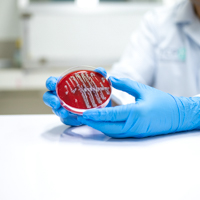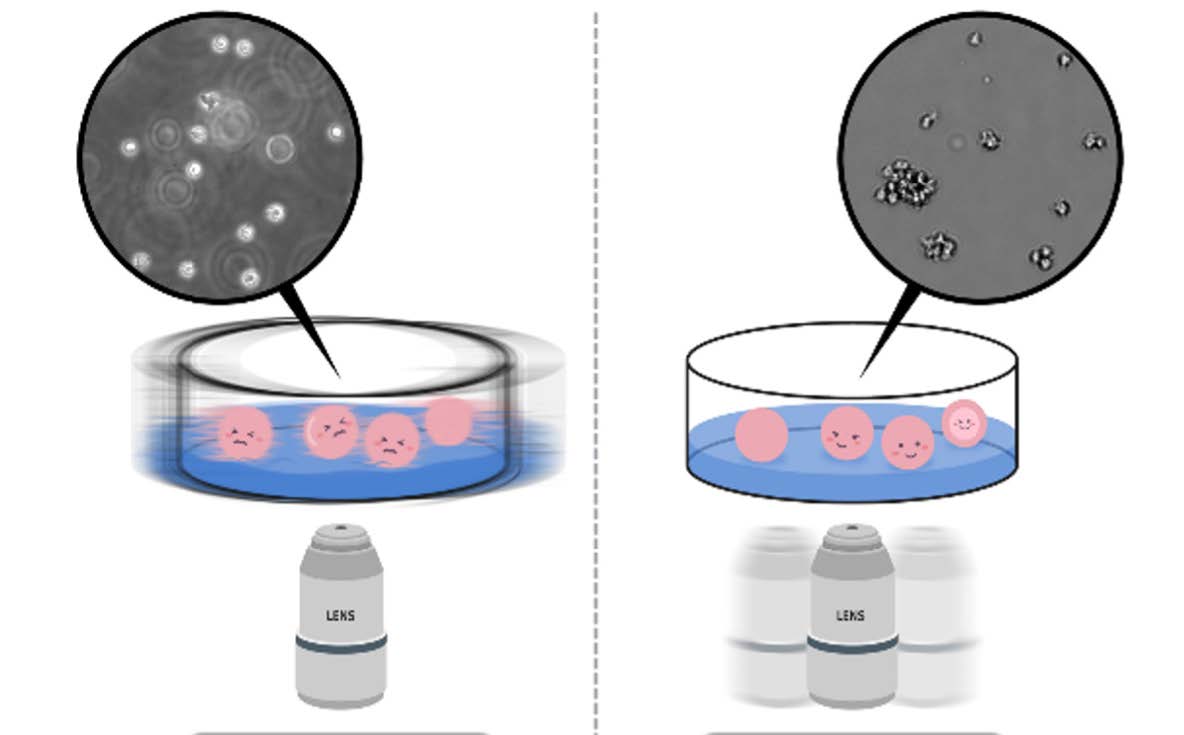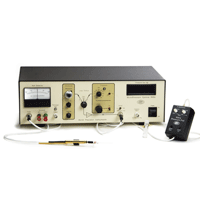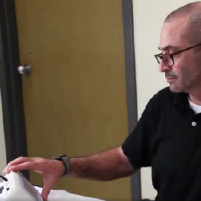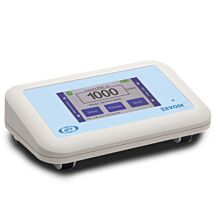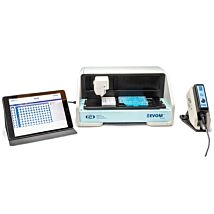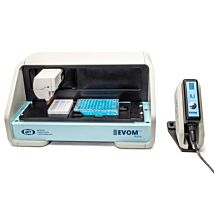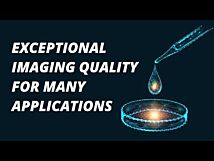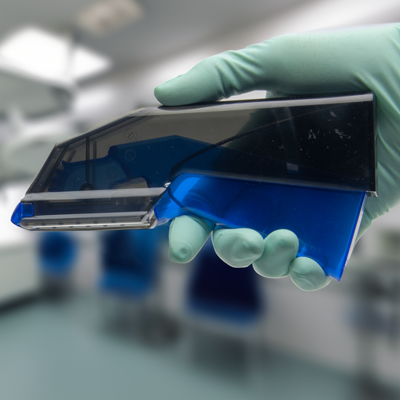This website uses cookies to ensure you get the best experience on our website.
Read more
Different Types of Cells Cultured in Laboratories
October 06, 2023

Different Types of Cells Cultured in Laboratories
by Adrienne L. Watson, PhD Chief Scientific Officer, World Precision Instruments
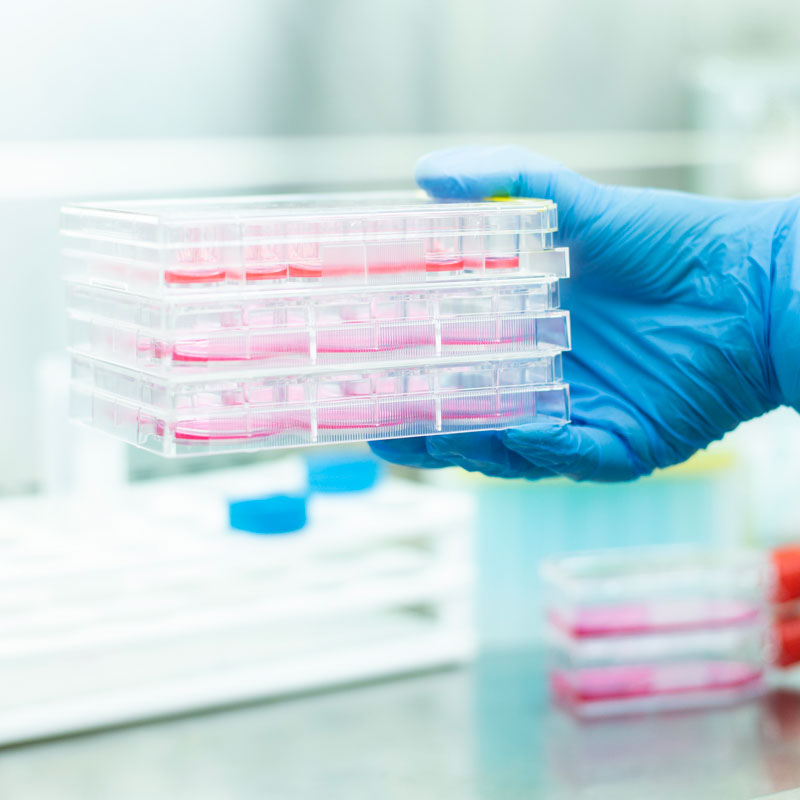 The foundation of many research laboratories is the ability to do in vitro studies, which rely on the ability to culture cells in the laboratory. Cell culture technologies have advanced significantly, allowing researchers to successfully culture many types of cell lines.
The foundation of many research laboratories is the ability to do in vitro studies, which rely on the ability to culture cells in the laboratory. Cell culture technologies have advanced significantly, allowing researchers to successfully culture many types of cell lines.
Primary Cells
Cells that are cultured directly from human or animal tissues are called primary cells. Primary cells require very specific media, growth factors, environmental conditions, and substrates or coated cell culture plates to enable their growth. Some examples of primary cells are epithelial cells, fibroblasts, melanocytes, and muscle cells. These primary cells have a finite capacity to replicate and eventually will reach replicative senescence, where they will no longer grow in culture, unless they undergo immortalization or transformation.
Immortalized Cell Lines
Immortalized cell lines have been manipulated to allow them to be cultured for long periods of time. Cells can be immortalized using many methods, with the most common being the use of viral genes such as the simian virus 40 (SV40) or expression of Telomerase Reverse Transcriptase (TERT) which allows cells to maintain sufficient telomere length and avoid senescence. Immortalized cells, or cell lines, are genetically programmed, either spontaneously or by engineering, to evade cellular senescence, by de-regulating the cell cycle.
Some of the most well-studied cell lines are HeLa cells and human embryonic kidney 293 (HEK-293T) cells. With additional genetic changes, cell lines can become transformed, giving them not only an indefinite life span, but also the ability to proliferate and invade more than normal cells, as well as the ability to grow in an anchorage-independent fashion.
Transformed Cells
Transformed cells are cancerous cells that can be grown indefinitely, such as Caco2 cells, which were derived from a colon carcinoma.
Stem Cells
A fourth type of cell that can be cultured in the laboratory is a stem cell. There are many types of stem cells including embryonic stem cells, adult stem cells, and induced pluripotent stem cells or iPSCs. Embryonic stem cells are derived from the inner cell mass of a blastocyst, a part of the embryo that forms shortly after fertilization.
- Embryonic stem cells have the capacity to differentiate into any cell type and can self-renew. Embryonic stem cells are used for stem cell therapies and have many uses in the field of regenerative medicine.
- Adult stem cells, or somatic stem cells, can be found in many parts of the adult body, but are most commonly derived from bone marrow, and can give rise to some mature cell types, but do not have the pluripotency of embryonic stem cells.
- iPSCs are stem cells that are made by reprogramming a somatic cell to give it the functionality of pluripotent cell. iPSCs are being used for cell therapies and personalized medicine.
Now that you know the different types of cells cultured in laboratories, you can apply this understanding to your own laboratory research applications.
Let WPI be your trusted partner in the drug development process. If you need laboratory supplies for different types of cell culture research, you can find a wide range of instruments, tools, and accessories at World Precision Instruments. Browse our collections to explore the range of high-quality tools we carry for medical labs, educational facilities, and more.

Close



